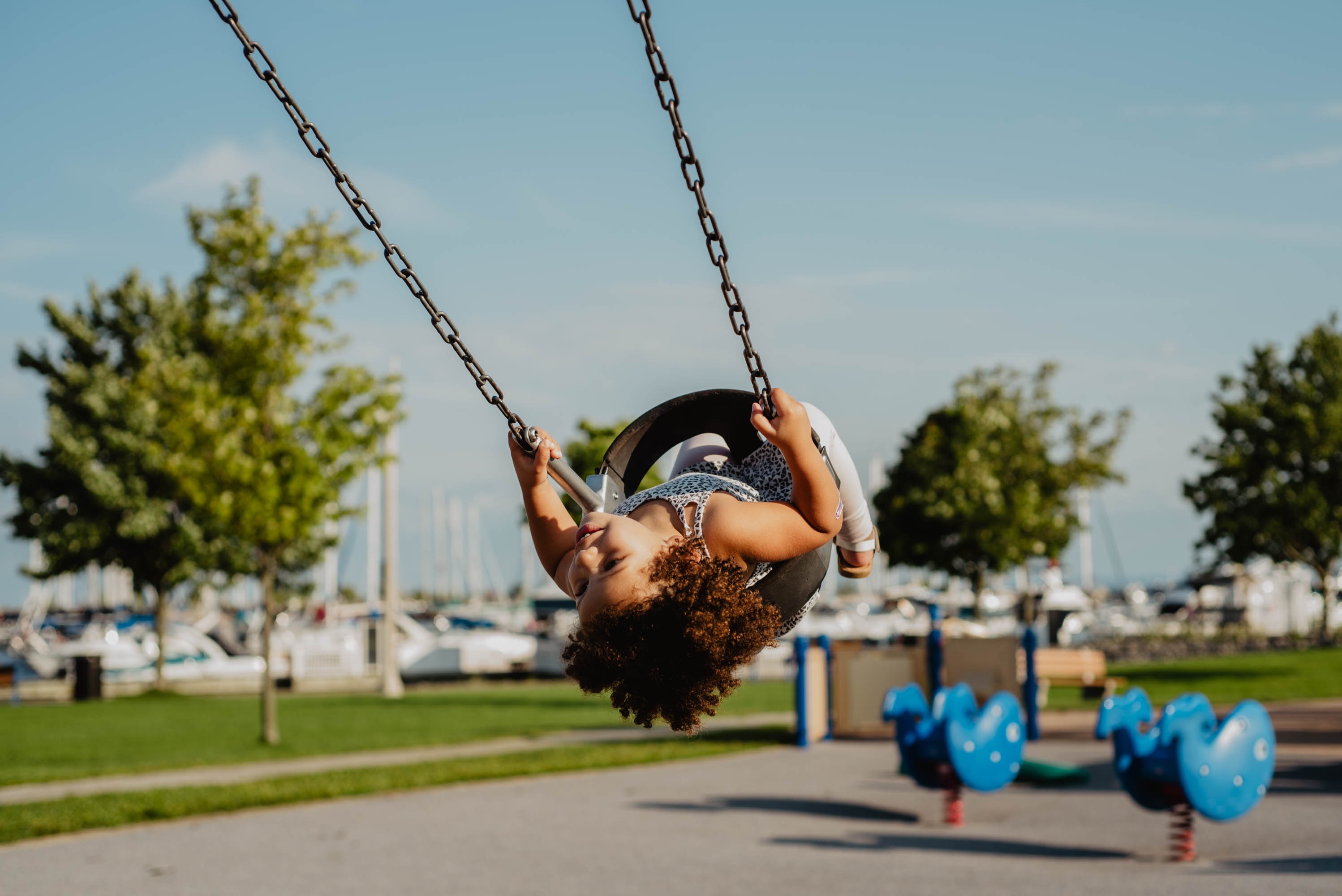About
It is through participation, defined as involvement in real life situations (WHO, 2001, 2007), that children form friendships, develop competencies, express their creativity, reach high levels of well-being and determine the meaning and purpose for their life (Law et al., 2006; Solish, Perry, & Minnes, 2010). In recent years, the participation of children and youth with disabilities has been emphasized as a fundamental human right (UN, 2006) and recognized as an indicator of inclusion and its educational success (Eriksson, Welander, & Granlund, 2007; Law et al., 2006; Silveira-Maia et al., 2012; Simeonsson, Carlson, Huntington, & Brent, 2001). This increased attention has led to numerous studies in recent years about the participation of children with disabilities in different life contexts (e.g., Bedell et al., 2013; Eriksson et al., 2007; Imms, Froude, Adair, & Shields, 2016). The standard method of analysing participation is to collect information from parents, teachers and health professionals (Simeonsson et al., 2001; Bedell, Khetani, Cousins, Coster, & Law, 2011), neglecting the perspective of the main actors, that is, children and young people. However, first-person assessment, using students as the main informant, is the preferred way of bringing the researcher as close as possible to the experience of participation of children and youth with and without disabilities (Wade & Halligan, 2003). In this context, the CAPE - Children's Assessment of Participation and Enjoyment and CAP - Preferences for Activities of Children (King et al., 2004) has been described as a self-reporting instrument, easy to understand, and useful to access their perspective about their participation in leisure and recreation activities (Bult et al., 2010, King et al., 2007, Ullenhag et al., 2012).
This project aims to describe the pattern of participation in formal, informal and leisure activities of children and young people with and without disabilities in their immediate contexts - at home, "outside the home" and at school, from the students to whom the CAPE-PAC instrument will be administered. To fulfil this objective, the cultural validation of the CAPE instrument is inherent, trying to assess to what extent the activities contemplated in its items are relevant for Portuguese children






